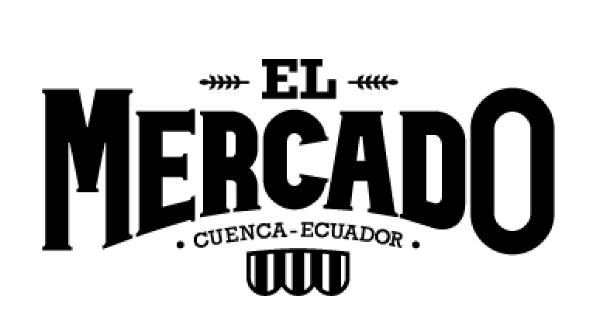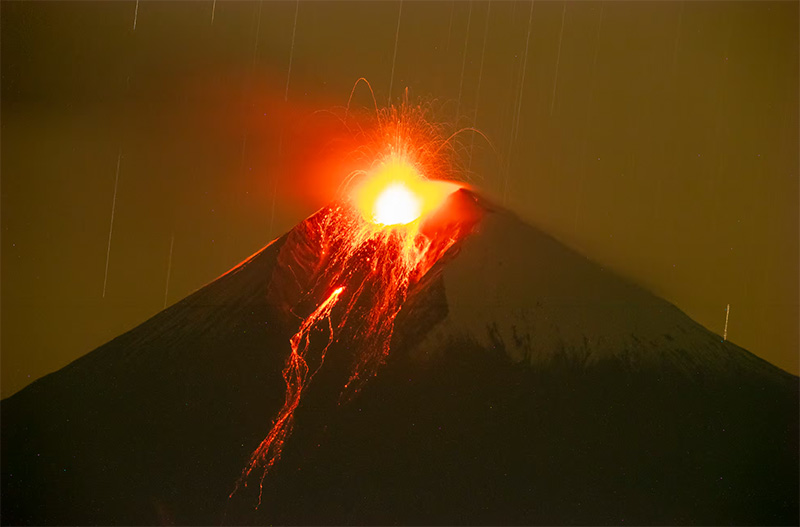Cocaine production shifting to Europe as Latin American controls lead to more seizures
By Douwe den Held
According to the latest report on drugs by the European Union, part of cocaine production has been transferred from Latin America to Europe. To a large extent, this is because criminal groups explore new methods of trafficking and the authorities strengthen transatlantic cooperation without major achievements.
The report predicts the trend to grow rapidly due to increased controls and seizures at shipping ports in Latin American countries, particularly in Colombia, Brazil and Ecuador,

Increased government controls at shipping ports in Colombia, Ecuador and Brazil, are forcing drug cartels to increase cocaine production in Europe.
Both drug seizures and drug use keep increasing in Europe, according to findings published by the European Monitoring Centre for Drugs and Drug Addiction (EMCDDA) on June 11.
“While seizures are up, purity remains high, and prices are stable, showing that huge amounts of cocaine are available,” Ylva Johansson, European Commissioner for Home Affairs, said during the launch of the drug report.
Traditionally, traffickers turned coca into cocaine hydrochloride in South America and then exported the final product to Europe. But now, they increasingly export intermediate substances like coca paste and cocaine base for final processing across the Atlantic.
“We always saw the cocaine processing laboratories on a small scale, but now we see them on quite a large scale,” Andrew Cunningham, head of markets, crime, and supply reduction at the EMCDDA told InSight Crime in January 2024.
A series of busts of laboratories in European countries has underscored the shift. In November 2023, Portugal’s Judicial Police dismantled a laboratory equipped to transform coca paste into over 100 kilograms of cocaine hydrochloride a week. Several months earlier, Spanish authorities dismantled one of the largest coca paste processing laboratories ever found in Europe, with an estimated production of 200 kilograms of cocaine hydrochloride per day.
Smuggling the cheaper coca paste or cocaine base limits losses if a shipment is intercepted. The report also suggested traffickers may be shifting more final production to Europe due to chemical shortages in Latin America and “the economic advantage of controlling the final stages of the production process in Europe.
Traffickers import most cocaine into Europe through maritime container ports in South and Central America. As ports step up their security, traffickers are seeking to stay a step ahead of the authorities, the report found.
According to the EU drug office, government crackdowns on shipping operations in Latin America are prompting the shift to European production. Shipment seizures in Ecuador and Brazil have tripled since the beginning of the year, resulting in massive loses to drug traffickers. “Those losses through confiscation are making the illegal trade less profitable in Latin America making cartels invest in European cocaine production labs,” the EU drug office says. In particular, the drug office pointed to stepped up law enforcement at Ecuadorian ports which is “severely crimping” drug exports in the country.
To avoid detection, traffickers conceal cocaine hydrochloride in an expanding variety of legal materials and then chemically extract it once the goods pass security controls. One of the newest methods is to hide the drugs in coconut water. Colombian police seized 176 kilograms of cocaine destined for Spain on June 11 that was camouflaged this way.
Trafficking groups are also increasingly targeting key actors in the law enforcement and commercial sectors for corruption and intimidation, the report found.
“There is growing recognition of the need to do more to counter the violence, corruption, and criminal exploitation practices,” the report said.
In one recent emblematic case, a Spanish police liaison stationed in Colombia allegedly led a criminal network that moved cocaine shipments from Colombia to Spain. The official is yet to appear in court due to purported health problems.
European Union (EU) policymakers are bolstering cooperation with their Latin American counterparts to try to combat the increase in cocaine trafficking, the report noted.
To do so, the EU is concluding negotiations on international judicial cooperation agreements with Argentina, Brazil, and Colombia and has started negotiating agreements on exchanging personal data between Europol and Bolivia, Brazil, Ecuador, Mexico, and Peru.
“We are tightening the net,” Johansson claimed during the launch.
However, so far, the measures that have been taken have not had a significant impact. Better controls have made crime groups adapt rather than lowering the cocaine supply in Europe, the report acknowledges.
_________________
Credit: InSight Crime

















